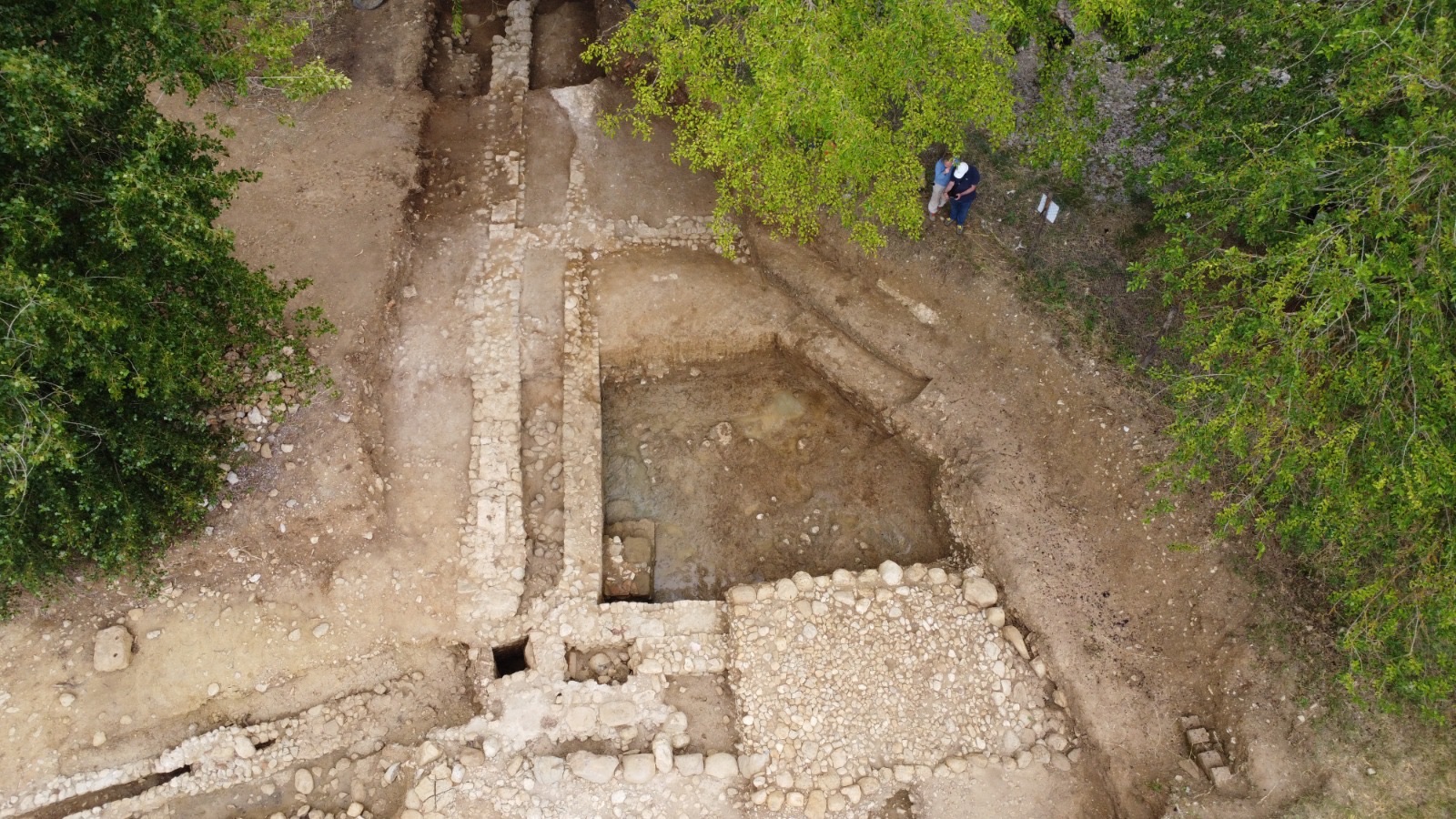Fieldwork
This listing expired on May 30, 2025. Please contact achen@kcai.edu for any updated information.

Location: Orvieto, Italy
Season: May 26, 2025 to June 27, 2025
Application Deadline: February 22, 2025
Deadline Type: Rolling
Website: https://form.jotform.com/243226610259049
Program Type:
Field School
RPA Certified:
No
Affiliation:
Kansas City Art Institute; Saint Anselm College
Project Director:
Amanda K. Chen; David B. George
Project Description:
The Coriglia Excavation Project is an international collaborative project between Saint Anselm College, the Kansas City Art Institute, the Soprintendenza Archeologia Belle Arti e Paesaggio dell’Umbria, and the Parco Archeologico e Ambientale dell’Orvietano. The project investigates the site of Coriglia, an Etrusco-Roman settlement located approximately eight miles from Orvieto, Italy. Volunteers will have the opportunity to gain experience in diverse aspects of archaeology by participating not only in excavations in the field, but also in the cleaning, identification, and documentation of recovered artifacts.
Since 2006, excavations at Coriglia have uncovered a complex assemblage of monumental structures that resulted from the persistent habitation of the site from as at least the 7th century BCE through the early Renaissance. The major occupation of Coriglia began with an Etruscan phase and reached its peak during the Roman Imperial period. The site occupies a large hillside that is defined by a series of L-shaped terrace walls. The oldest of the two terrace walls is Etruscan, while the more recent retaining wall dates to the Late Republic. A road, water supply pipes, and canals lie to the east of the terrae walls, all of which were repeatedly reworked over centuries. A bath complex occupies the northwestern sector of the upper terrace. While more work is necessary to fully understand the extent and orientation of this complex, its presence suggests a long history of water management on the site. Western portions of the lower terrace support a second bath complex that was reworked several times in at least three phases. There is also a partially intact subterranean barrel-vaulted storage space in this area that served the structures above and around it. Evidence found inside this vault and elsewhere on site speak to several catastrophic landslides or earthquakes, yet the inhabitants rebuilt and continued to occupy these areas for centuries. Current stratigraphic and archaeological evidence suggest the site functioned as a mansio, or rest area along major roads used by government officials and other important travelers, from the 2nd through 4th centuries CE.
Excavation during the summer 2025 season will focus on a series of complementary projects. One major focus will be completing the excavation of a large open area located on the southeastern side of the site. This area was used to manage water over several centuries and later filled in with building debris when the site was reworked in the late antique period. Participants will also assist in excavating a portion of the site between the road and basins on the western side of the site. We are hopeful this work will uncover how the systems of basins and drainage on the eastern and western edges of the site interacted with one another. We may also open a new zone in a previously unexplored area further to the west. This work will focus on searching for additional sections of the bath complex on the lower terrace. Participants will have the opportunity to work on all three projects, in addition to assisting in the lab.
Our staff of American and Italian archaeologists supervise the excavations, offer lectures, and help lead visits to other nearby sites. Academic credit is available to those interested. We are also happy to offer opportunities for graduate students to develop thesis projects, publish papers, and present findings at venues including the Archaeological Institute of America’s Annual meeting. Members of the archaeological field school will be required to attend regular evening lectures and various short visits to other nearby sites and museums.
Period(s) of Occupation: Etruscan; Roman Republic; Roman Imperial; Late Antique; Medieval
Notes:
Our weekly schedule consists of work in the field or lab Monday through Friday. We leave for the site at 7:30 am on weekdays and work from 8:00 am-5:00 pm. A one-hour lunch break from 12:00 to 1:00 pm takes place at a facility near the site, and lunch is provided. After we return from the field, all participants eat dinner together at 7:00 pm in the convent. Attendance at dinners and lectures are required on weekdays. We are happy to accommodate dietary requests with advanced notice.
Weekends are free for participants to travel or relax around the city. Orvieto's central location allows for easy access to most points of interest in Italy-- it is an hour and a half from Rome, and two hours to Florence by train.
Project Size: 1-24 participants
Minimum Length of Stay for Volunteers: 3 weeks
Minimum Age: 18
Experience Required: No previous experience required.
Room and Board Arrangements:
Participants will stay at the Convent of San Lorenzo in Vineis, a 15th century monastery located across a small valley. The convent is a 30-minute walk or 5 minute bus ride from Orvieto. The residence has bathrooms, showers, washing machines, and drying racks. The excavations will end on June 26th. Please note that the night of June 28th will be the last night that participants for our project may stay at the convent.
Academic Credit:
Optional academic credit is offered through the Saint Anselm College Summer School for an additional fee. Students may earn 4 or 8 course credit hours in the archaeological field school. Please get in touch with the director if you are interested.
Amanda Chen
4415 Warwick Blvd.
Kansas City
MO
64111
United States
The AIA is North America's largest and oldest nonprofit organization dedicated to archaeology. The Institute advances awareness, education, fieldwork, preservation, publication, and research of archaeological sites and cultural heritage throughout the world. Your contribution makes a difference.
Notifications